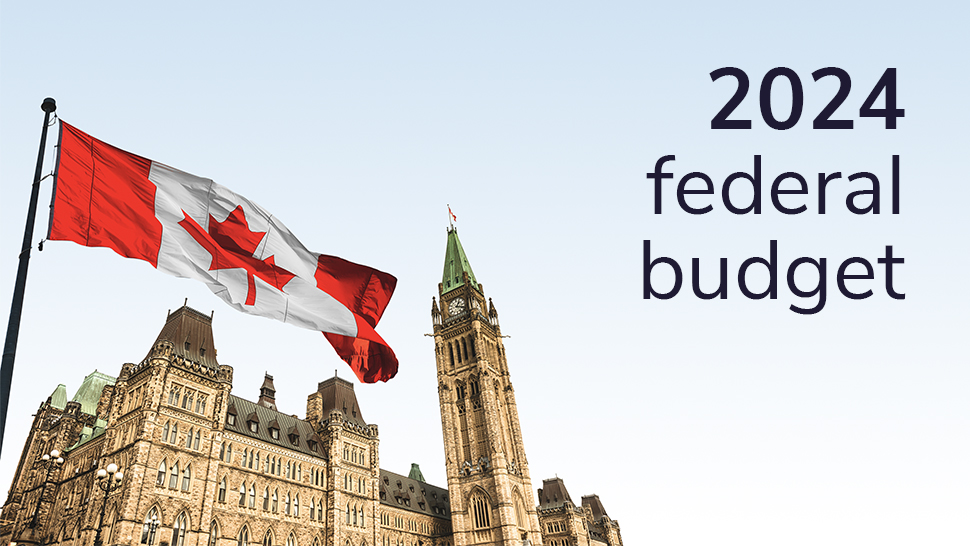The Canadian government presented the 2024 federal budget on April 16, and it contains several proposals of interest to Canadians. Here are the highlights of the budget proposals.
Capital gains inclusion rate to increase
Currently, the capital gains inclusion is 50%, meaning half of any capital gain is taxable, and the other half is tax free. The budget proposes to increase the capital gains inclusion rate to two-thirds for corporations and trusts, as well as for the portion of capital gains realized by individuals in a year that exceed $250,000.
Making first-home ownership more achievable
The budget proposes to increase the amount that homebuyers can withdraw from their RRSP to buy their first home. The Home Buyers’ Plan previously had a limit of $35,000, but the budget proposes that this be increased considerably, to $60,000. The repayment period (within which the whole amount withdrawn must be repaid into an RRSP) is being extended by three years, for anyone who withdraws from the Home Buyers’ Plan between January 1, 2022 and December 31, 2025.
Tax incentives for small and medium businesses
The Lifetime Capital Gains Exemption will increase by 25% to $1.25 million, which will bring a considerable tax benefit to many entrepreneurs when they come to sell their business. A new Canada Carbon Rebate will provide an automatic refundable tax credit to eligible businesses, based on how many employees they have. The budget proposes to increase the Capital Cost Allowance rate for new eligible purpose-built rental housing from 4% to 10%, allowing owners to claim larger deductions.
AMT rule changes are good news
The Alternative Minimum Tax (AMT) is a parallel tax calculation that allows fewer tax credits, deductions and exemptions than with ordinary personal income tax rules. The budget proposes further changes to the AMT rules, which include increasing the charitable tax credit to 80% (from 50%) and fully allowing deductions for GIS, social assistance and workers’ compensation payments.
Read the full summary that includes planning points to discuss with your Advisor.
